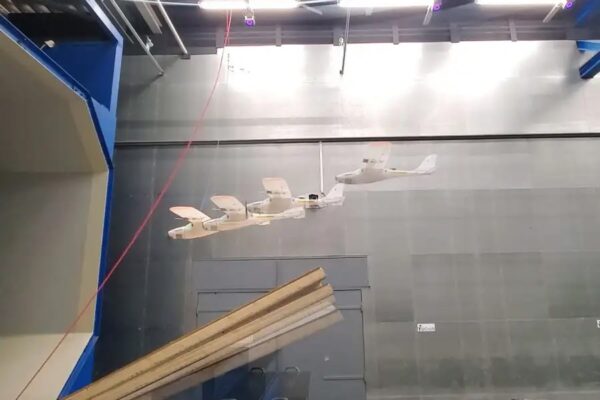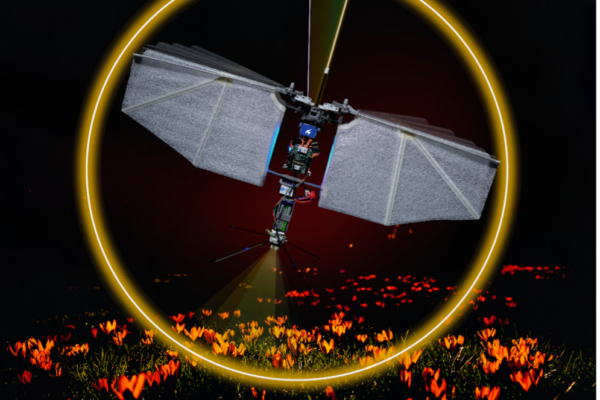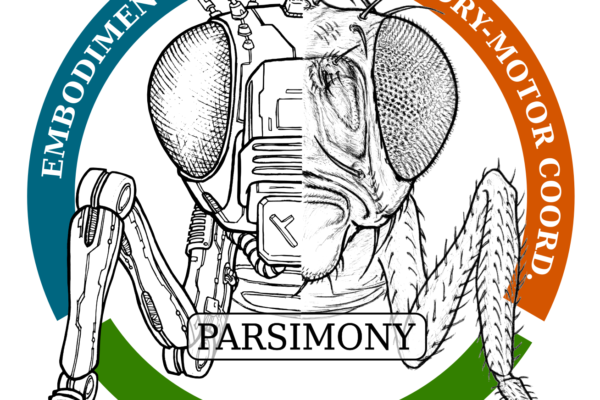
With an escalating demand for quadcopters in emergency response, inspection and delivery, the need for speed and energy efficiency is paramount. However, developing autonomous systems …

With an escalating demand for quadcopters in emergency response, inspection and delivery, the need for speed and energy efficiency is paramount. However, developing autonomous systems …

Birds display remarkable adaptability in harnessing their surroundings for efficient flight, exemplified by the ingenious behavior observed in Kestrels. These birds employ a unique technique …

Federico Paredes-Vallés, Kirk W. Y. Scheper, Christophe De Wagter, Guido C. H. E. de Croon Event cameras have recently gained significant traction …

At ICRA (IEEE International Conference on Robotics and Automation) 2023, MAVLab presented AvoidBench, a high-fidelity vision-based obstacle avoidance benchmarking suite for multi-rotors. Motivation Vision-based obstacle …

Researchers from MAVLab and collaborators have developed a new theory on how flying drones and insects can estimate the gravity direction. Whereas drones typically use …

Insect-inspired AI for autonomous robots Small autonomous mobile robots, such as drones, rovers, and legged robots, promise to perform a wide range of tasks, from …
Jesse J. Hagenaars*, Federico Paredes-Vallés*, Guido C.H.E. de Croon The field of neuromorphic computing promises extremely low-power and low-latency sensing and processing. …

A gas leak in a large building or at an industrial site is difficult to find. Human firefighters cannot see the gas, so they have …

Optical flow for small flying robots Flying insects heavily rely on optical flow for visual navigation and flight control. Roboticists have endowed small flying robots …